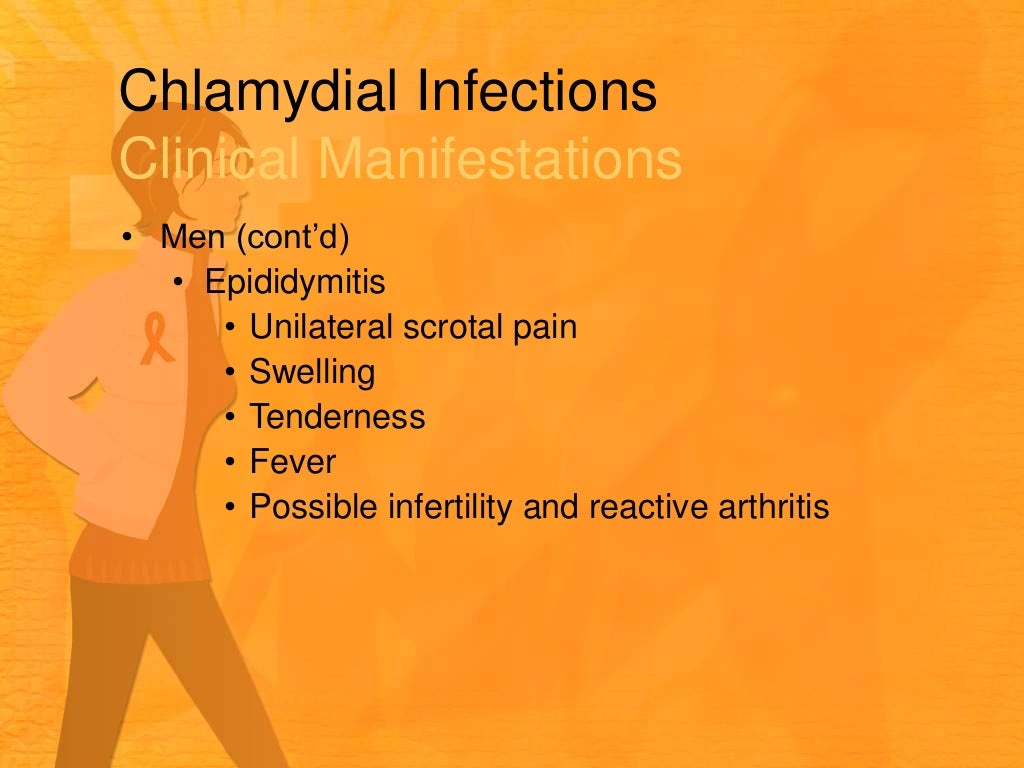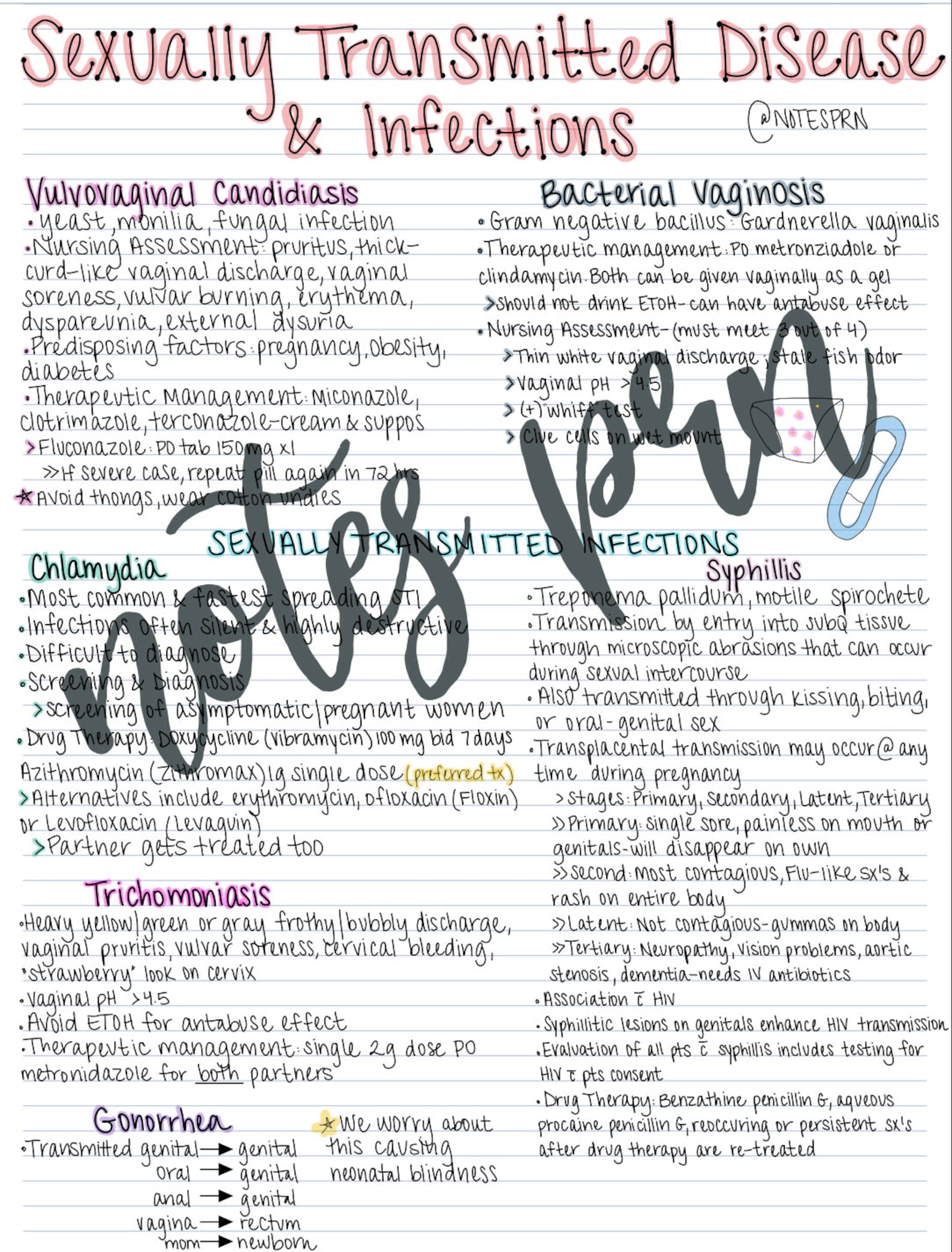If you or a loved one has contracted an std in a nursing home, contact nursinghomesabuse.org for legal help. The nurse realizes that the most serious complication from untreated stis in females is: Are stds common in nursing homes?
Table 1 from Sexually Transmitted Diseases Among Residents in Nursing
When we think about sexually transmitted diseases (stds), our minds often drift towards younger populations.
However, the reality is that stds can also affect the elderly, particularly those residing in nursing homes.
In this article, we will explore the prevalence of stds in nursing homes, the reasons behind this issue, and what Examining registered nurses' perceptions of sexually transmitted disease (std) education among residents in nursing homes allows for broader insight into why stds continue to increase among older adults. A sexually transmitted disease could put multiple residents in danger of significant health concerns, potentially resulting in death. As a result, staff members in nursing homes should focus on protocols that help prevent the spread of stds.
Historically, discussions surrounding sexually transmitted diseases (stds) have primarily focused on younger populations. However, recent studies have revealed that std rates among the elderly, particularly those in nursing homes, are alarmingly high. Examining registered nurses' perceptions of sexually transmitted disease (std) education among residents in nursing homes allows for broader insight into why stds continue to increase among older adults. Stds in nursing homes data shows that seniors over the age of 55 and above have been contracting infections.

According to a recent study, the district of colombia, new york, and maryland saw the highest instances of sexually transmitted infection rates among older adults 55 and over.
Three reasons why stds are on the rise in nursing homes research by aarp over the past five years has revealed that roughly 80 percent of all americans between 50 and 90 are sexually active. And these numbers hold equally true in nursing homes and assisted living facilities. Florida ranks among the top five states in the country for sexually transmitted diseases among older adults. Growing numbers of cases involving stds plague nursing homes and assisted living communities, for a variety of reasons.
Research suggests that certain sexually transmitted infections can damage brain cells and trigger chronic inflammation, which may significantly increase the risk of developing dementia. Examining registered nurses' perceptions of sexually transmitted disease (std) education among residents in nursing homes allows for broader insight into why stds continue to increase among older adults. Reasons why std rates in nursing homes are on the rise. Why have rates of sexually transmitted diseases among seniors and baby boomers consistently increased?

According to data from the centers for disease control and prevention, std rates for populations aged 55 and over are rising sharply, with no signs of slowing.
Growing numbers of cases involving stds plague nursing homes and assisted living communities, for a variety of reasons. Home helpers home care of clearwater; Rates of three sexually transmitted diseases — syphilis, gonorrhea and chlamydia — saw a significant increase among adults age 55 and older over the past decade, according to the u.s. According to the study, washington d.c., new york, and maryland saw the highest instance of stis among populations 55 and older with an average sti rate per 100,000 at 881.8, 236.2, and 172.7
Sexually transmitted diseases stds are infectious diseases acquired through sexual activity with an infected person. Some stds, such as hepatitis b and hiv viruses, may also be transmitted by means of blood. Examining registered nurses' perceptions of sexually transmitted disease (std) education among residents in nursing homes allows for broader insight into why stds continue to increase among older adults. The most common sexually transmitted disease (std) syndrome diagnosed among the study population was vd in 25% (31) cases, which also constituted the most common diagnosis among females, with 21 cases diagnosed as bacterial vaginosis, 8 cases diagnosed as vvc and 2 cases diagnosed as trichomoniasis.

The next most common diagnosis was cbp in 19.
This document provides an overview of common sexually transmitted diseases including primary and secondary syphilis, gonorrhea, chlamydial infection, lymphogranuloma venereum, genital herpes, chancroid, pediculosis, and condyloma acuminata. It includes pictures and links to additional nursing resources on sexually transmitted diseases. Sexually transmitted infections (stis) have been on the rise across the country. Young adults and teens are most at risk for stis, but infections among adults age 65 and older more than doubled between 2007 and 2017.
Rates are highest in the under 25 age group, which accounts for about 50 percent of stis. The centers for disease control and prevention estimates that 1 million to 3 million serious infections occur each year in nursing homes, assisted living facilities, and skilled nursing facilities. Nursing home infections are associated with high mortality and morbidity rates, rehospitalization, extended hospital stays, and significant health care expenses, according to an article in the November 2021 www.nursingcenter.com sexually transmitted infections about the guideline • this guideline was created to assist in the treatment of patients who have or are at risk for sexually transmitted infections (stis).

• the term sti refers to an infection from a pathogen after sexual contact.
• the term sexually transmitted disease refers to a recognizable disease state The revised 2010 cdc guidelines provide the most recent evidence for prevention, diagnosis, and treatment of stis, formally known as sexually transmitted diseases (stds). Examining registered nurses' perceptions of sexually transmitted disease (std) education among residents in nursing homes allows for broader insight into why stds continue to increase among older adults. The nurse discusses the need for sexually transmitted infection (sti) screening with the patient even though she denies symptoms or discomfort.





